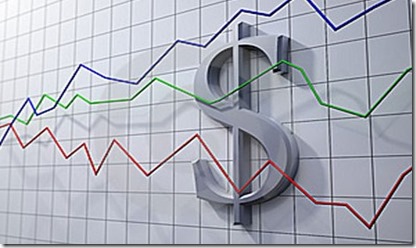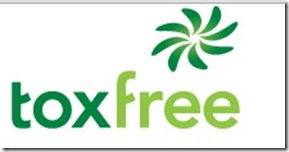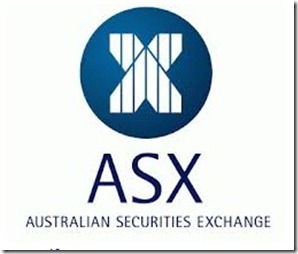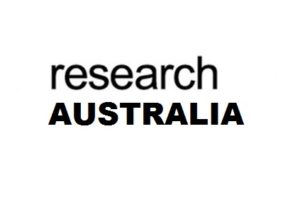We all want to make money trading the market and trading signal services seemingly make that a lot easier. You simply follow the trading signals provided and (ideally) make a shed load of cash.
But with so many people offering trading recommendations, who do you choose? First and foremost, you need to make sure that the individuals at the company are reputable.
Trading Analysis Signals and performance
Lookup people of interest on LinkedIn, check their endorsements and true work history. Google their name and see what you can find out about them. If possible, also try and arrange a catch up with them over the phone or in person to really get to know them.
In addition to that, you’ll also want to look at past performance. Although past performance isn’t necessarily a guide to future returns, it’s a damn good indicator!
You’ll want to see performance going at least 18 months back. Furthermore, check to see if the return figures have been externally audited. For individual and “small traders”, that may not be possible. However, they should provide some way for you to verify their claimed returns.
For example, if they provide Dow Jones forecasts they should show the past recommendation documents that backup their analysis, gains and losses. Although it may be tedious, look back at market prices to see if in fact they did make the gains that they claim.
The third key feature to evaluate is the “trading style”. Do they aggressively trade in and out of markets? Or do their positions last a few weeks? If their style doesn’t match your style or what you’re looking for, move on. Signing up to a Forex signal service that provides 20 updates throughout the night can become overwhelming if you’re just getting started.
And finally, evaluate their process. One of the reasons why Madoff got away with his elaborate trading scam for so long is because people didn’t question his trading strategy. Ask questions, understand the process and if things seem too good to be true, they probably are.

















